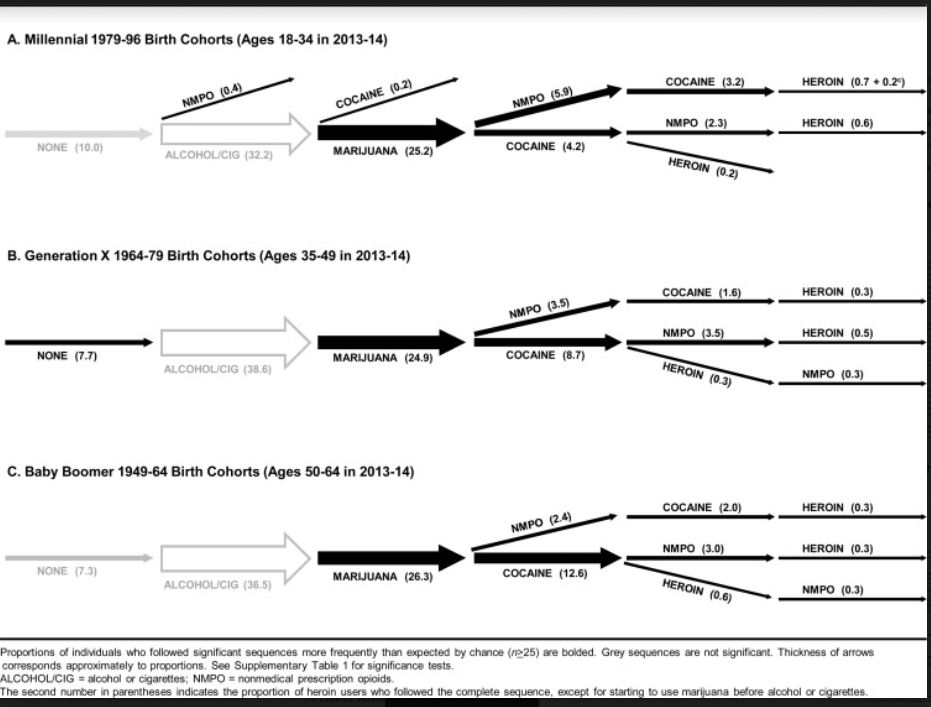Spring Break 2009
|
This is Spring Break time. For thousands of college students, that’s when they show how much they’ve learned about binge drinking during their fall and winter on campus. If you don’t have a sense of the heavy drinking, pot smoking, and wet T shirt and bare breast contests that mark Spring Break parties, tune into MTV which every year around this time runs Spring Break specials about the parties down south and in Cancun, Mexico. The tragedy is that some kids will injure themselves permanently because of their alcohol-fueled antics and that many college women will engage in unsafe sex or be sexually assaulted because they’re too high to control their impulses or reject unwanted advances from a drunken companion. What’s most troubling is that Spring Break is truly the tip of the alcohol abuse iceberg for America’s college students. CASA’s exhaustive analysis of the situation, aptly titled Wasting the Best and the Brightest, found that half of the nation’s college students’ ”some four million abuse alcohol or other drugs and almost quarter of them meet the medical (DSM IV) criteria for alcohol and drug dependence or abuse. That compares with only 8.5 percent of the general over 12 U.S. population that meet such medical criteria. Most college presidents recognize alcohol abuse as the top problem on their campuses. Indeed former Princeton President Harold Shapiro called it the greatest single threat to the University’s fulfillment of its mission. Unfortunately, a few would make alcohol more readily available to their students by lowering the drinking age from 21 to 18. To me that’s like a fireman pouring gasoline on a four alarm fire. That’s what John McCardell, former president of Middlebury, is doing, fanning the flames of binge drinking on college campuses with his proposal to lower the drinking age to 18. He’s pushing so hard to lower the drinking age that he sounds like a hired gun for the beer and distilled spirits merchants because, as all our research shows, availability is the mother of use. As Rev. Michael McFarland, SJ, president of the College of the Holy Cross, has written about his experience on college campuses when the drinking age was 18, ”It was a disaster.” There was more vandalism, more violence, and more risky behavior. There’s no doubt that the alcohol problem on our campuses is a raging fire. In a typical year, thanks to alcohol abuse more than 1,700 college students die, about 100,000 are raped and sexually assaulted and 700,000 are assaulted. In recent years there has been an increase in the number of lawsuits against colleges and universities for failure to provide adequate safety to students who have been killed, injured or raped due to alcohol abuse. Since these suits commonly cite widespread drinking by underage students, university lawyers would like to move the age down to 18 and eliminate that allegation. For those truly interested in dealing with this crisis, here are a few things parents can demand for the big tuition bills they pay and college presidents can do in order to change the alcohol fueled culture on campuses:
These are a few things that colleges and universities can to curb excessive drinking by their students. For a more complete list, look at the CASA report, Wasting the Best and the Brightest: Substance Abuse at Americas Colleges and Universities. If you’re a parent with a student about to go to college or already there, please check out the drinking situation on your son’s or daughter’s campus. It could save your child from some terrible tragedy, even (God forbid!) death. |




